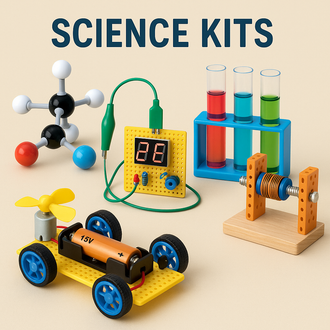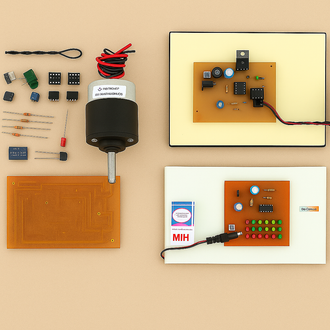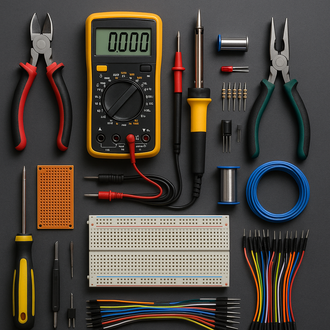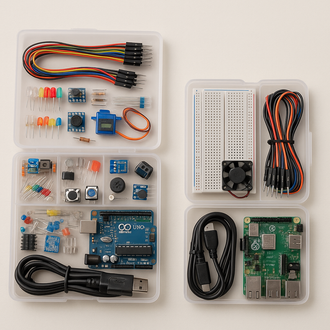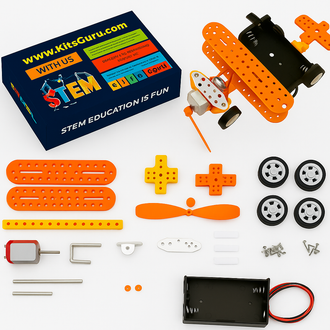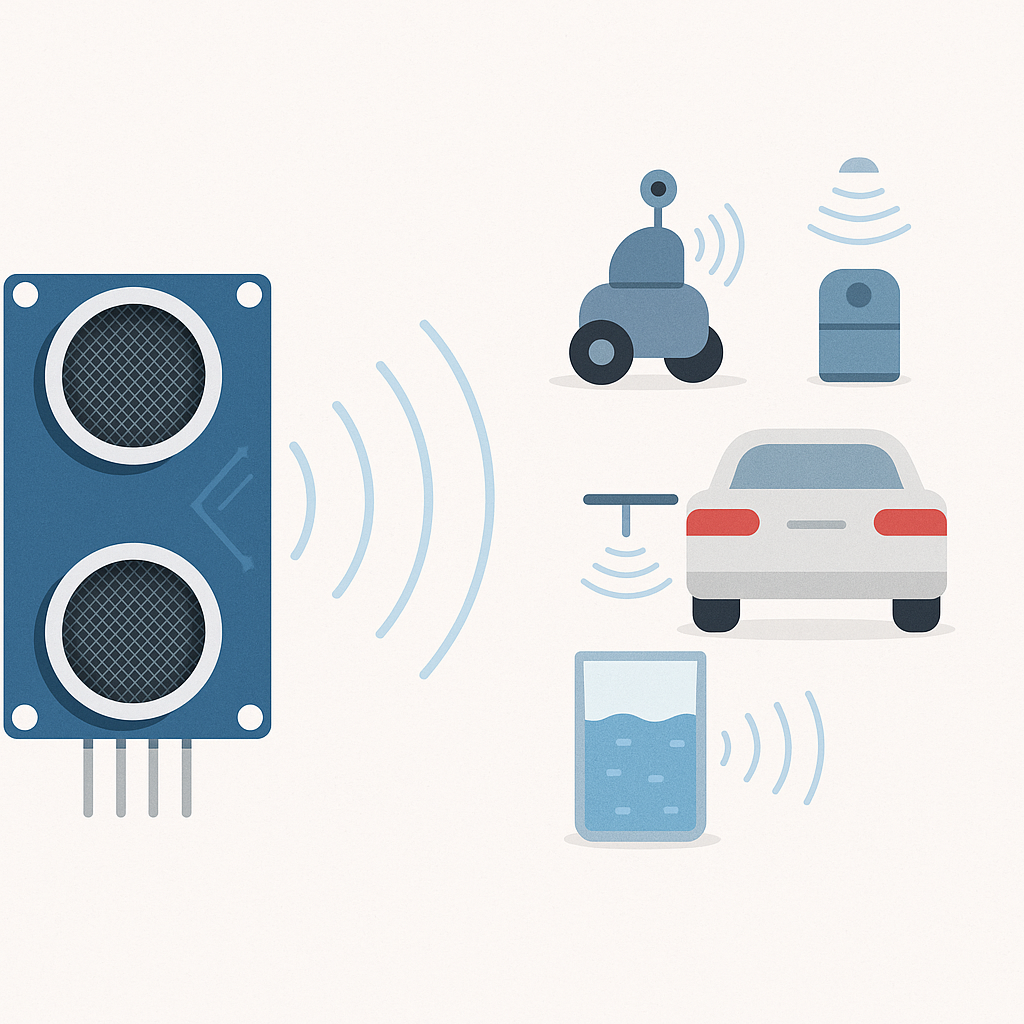
How Ultrasonic Distance Sensors Work & Key Applications
- 08 Oct, 2025
Ultrasonic distance sensors are very useful for electronics and robotics. They use high-frequency sound waves to measure distance with great accuracy. If you're building an obstacle avoiding robot, an automatic water level controller, or a parking assist system, you should understand how ultrasonic sensor working principles operate.
What Exactly Is an Ultrasonic Distance Sensor?
The ultrasonic sensor hc-sr04 sends out sound waves that are too high for people to hear (about 40 kHz) and measures how long the echo takes to return after hitting an object. This “time of flight” is converted into distance using the speed of sound. Because the speed of sound is essentially constant for a given environment, the sensor can determine how far away an object is by the echo’s delay.
How Does an Ultrasonic Sensor Work?
A transmitter and a receiver are the main parts of an ultrasonic sensor. The transmitter sends out an ultrasonic pulse, and the receiver picks up the echo when it hits a surface and bounces back. The sensor computes distance with:
Distance = (Time × Speed of Sound) ÷ 2
The time is halved because the pulse travels to the object and back. This straightforward idea explains the widespread use of ultrasonic sensing in automation and robotics.
Different Kinds of Ultrasonic Sensors
- HC-SR04: The most popular and least expensive module for students and DIYers. Great for connecting an Ultrasonic Sensor to Arduino.
- Waterproof Modules: Built for outdoor or liquid-level uses such as tanks and parking systems. Explore the waterproof ultrasonic sensor range for rugged projects.
- US-015 / US-100: Advanced modules that auto-compensate for temperature, improving stability and accuracy.
Step by Step: How to Connect an Ultrasonic Sensor to Arduino
To connect an Ultrasonic Sensor to Arduino for your distance-measuring project, do this:
- Plug VCC into the Arduino 5V.
- Attach GND to Arduino GND.
- Link TRIG to digital pin 9.
- Link ECHO to digital pin 10.
Then upload a simple sketch that sends trigger pulses and calculates how long the echo takes to return. View distance on an LCD or in the serial monitor.
Arduino Code Example
#define TRIG 9
#define ECHO 10
long duration;
int distance;
void setup() {
Serial.begin(9600);
pinMode(TRIG, OUTPUT);
pinMode(ECHO, INPUT);
}
void loop() {
digitalWrite(TRIG, LOW);
delayMicroseconds(2);
digitalWrite(TRIG, HIGH);
delayMicroseconds(10);
digitalWrite(TRIG, LOW);
duration = pulseIn(ECHO, HIGH);
distance = duration * 0.034 / 2;
Serial.print("Distance: ");
Serial.print(distance);
Serial.println(" cm");
delay(500);
}
Uses for Ultrasonic Sensors
- Robotics: Lets obstacle avoiding robot platforms navigate safely.
- Automotive: Used in parking assistance systems.
- Industrial Automation: Non-contact distance measurement on conveyors and material handling.
- Smart Water Tanks: Waterproof ultrasonic sensor modules track liquid levels in real time.
- Security: Detect motion by monitoring changes in measured distance.
Ultrasonic Sensors Have These Advantages
- Non-contact measurement for long-lasting, low-maintenance use.
- Works well in both light and dark environments.
- Measures both solid and liquid surfaces.
- Affordable and great for DIY and educational projects.
Things to Think About
Soft or absorbent materials (like cloth) may not reflect echoes reliably. Very small or angled targets can also cause errors, so correct sensor placement and orientation are important.
More Complicated DIY Projects
- Smart Parking Assistant: Combine an LCD and ultrasonic sensor for a visual parking guide.
- Automatic Water Level Indicator: Use a waterproof ultrasonic sensor to monitor tanks.
- Autonomous Robot: Build a multi-sensor obstacle avoiding robot using several HC-SR04 modules.
- Distance Display Device: Make a handheld meter with an ultrasonic sensor hc-sr04.
How to Fix Common Problems
- No Reading: Verify power wiring and the correct TRIG/ECHO pin setup in code.
- Unstable Measurements: Add averaging (multiple samples) and a short delay between readings.
- Noise Problems: Avoid vibration sources and other nearby ultrasonic emitters.
In Conclusion
Ultrasonic sensors remain one of the most reliable and affordable options for distance measurement in electronics, robotics, and automation. Whether you’re exploring ultrasonic sensor working fundamentals or testing an Ultrasonic Sensor to Arduino setup, these modules deliver accurate, hands-on sensing for real projects.
Visit KitsGuru to see the full range of Distance & Vision sensors for your next smart DIY build.


